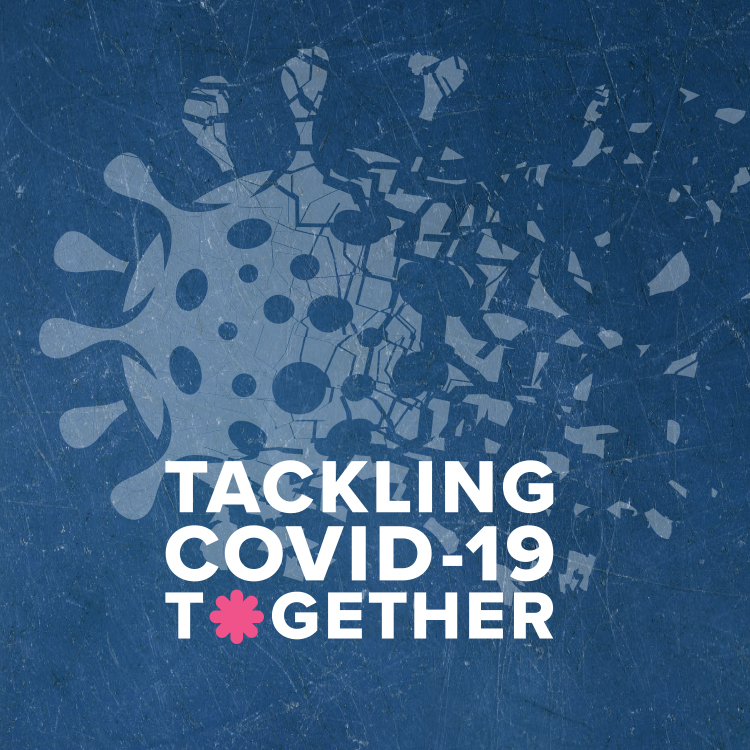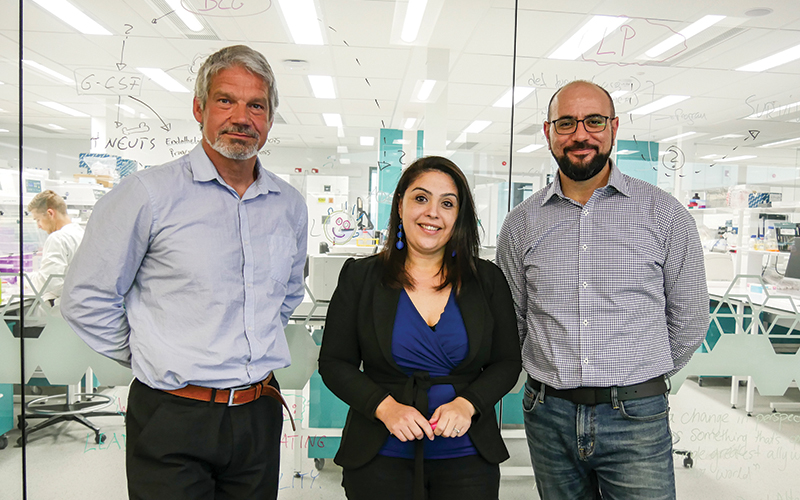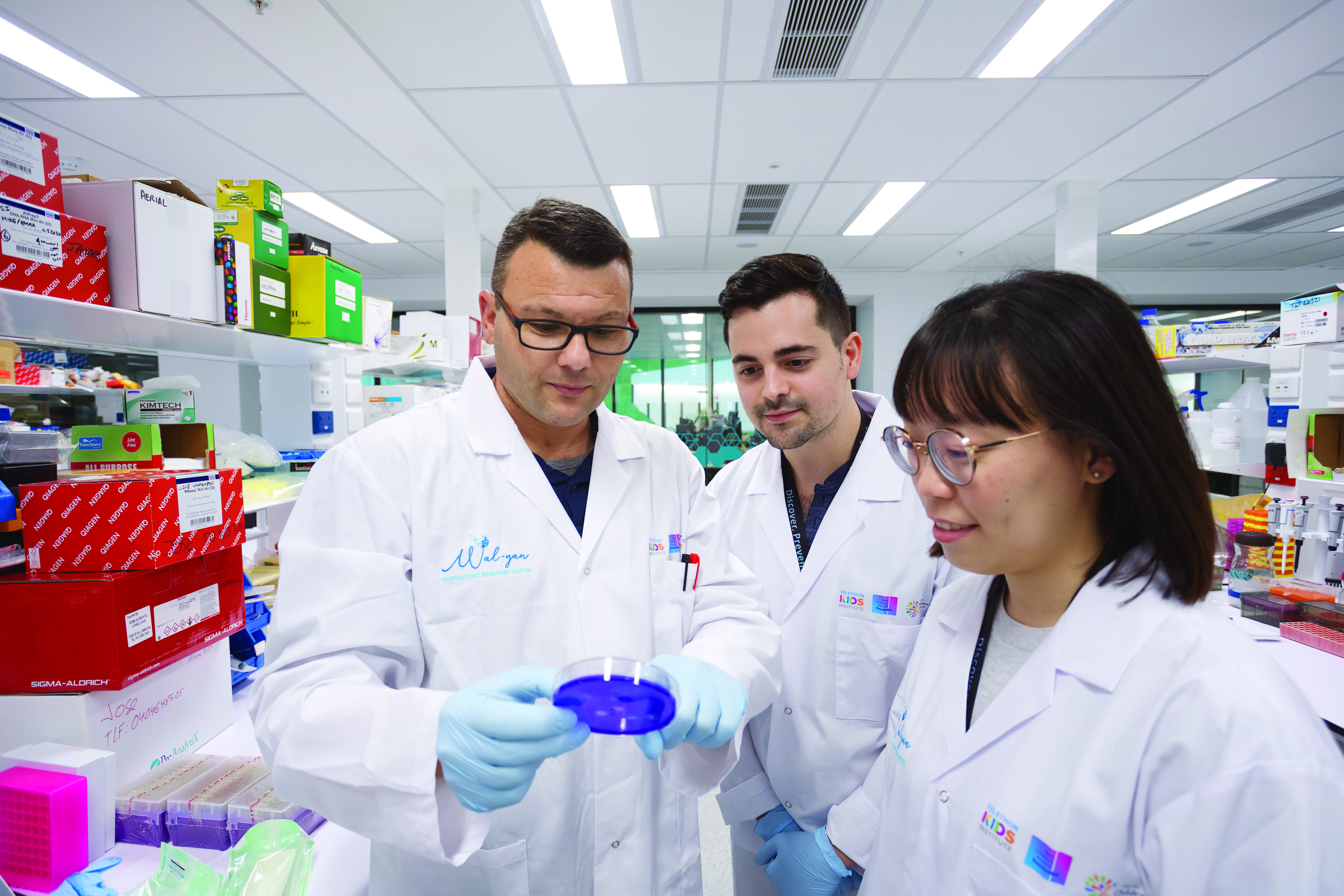Search

With the number of COVID-19 infections in Western Australia continuing to grow – including confirmed cases in children – The Kids Research Institute Australia understands that our community is growing increasingly worried.

Research save lives and contains the spread of COVID-19.
Research
AnaphylaxisAnaphylaxis is rapid onset severe allergic reaction to an allergen. These allergens are most commonly food, insects, or medication. Anaphylactic reactions are serious and can be life-threatening.
Research
Brain TumourBrain tumours are the second most common cancer in children (after leukaemia).

A global network of researchers and clinicians, co-led by The Kids’ Professor Graham Hall, has transformed international best practice in identifying low lung function and diagnosing and treating lung disease.

Australia’s first national guideline for supporting the learning, participation and wellbeing of autistic children and their families.

A global network of researchers led by Kerry M Stokes Chair of Child Health, Professor Pete Gething, is working to help support informed decision-making for malaria control at international, regional and national scales.

Running any research project is a feat of logistical gymnastics – and often, you don’t know what can go wrong until it happens.

Cutting-edge work is offering new hope to children with Cystic Fibrosis.
It's normal for children and teenagers to experience a range of emotions, including sadness, however childhood depression is more than just feeling sad.
